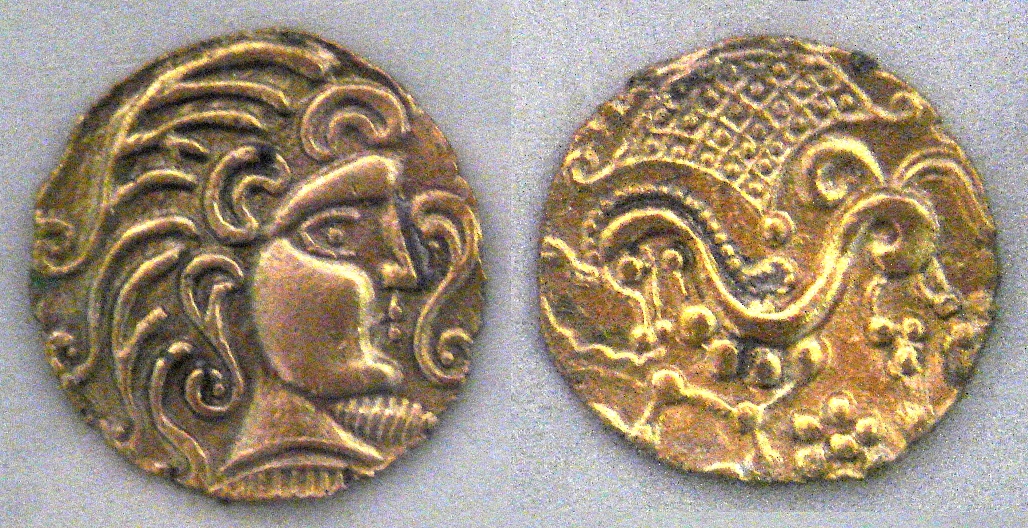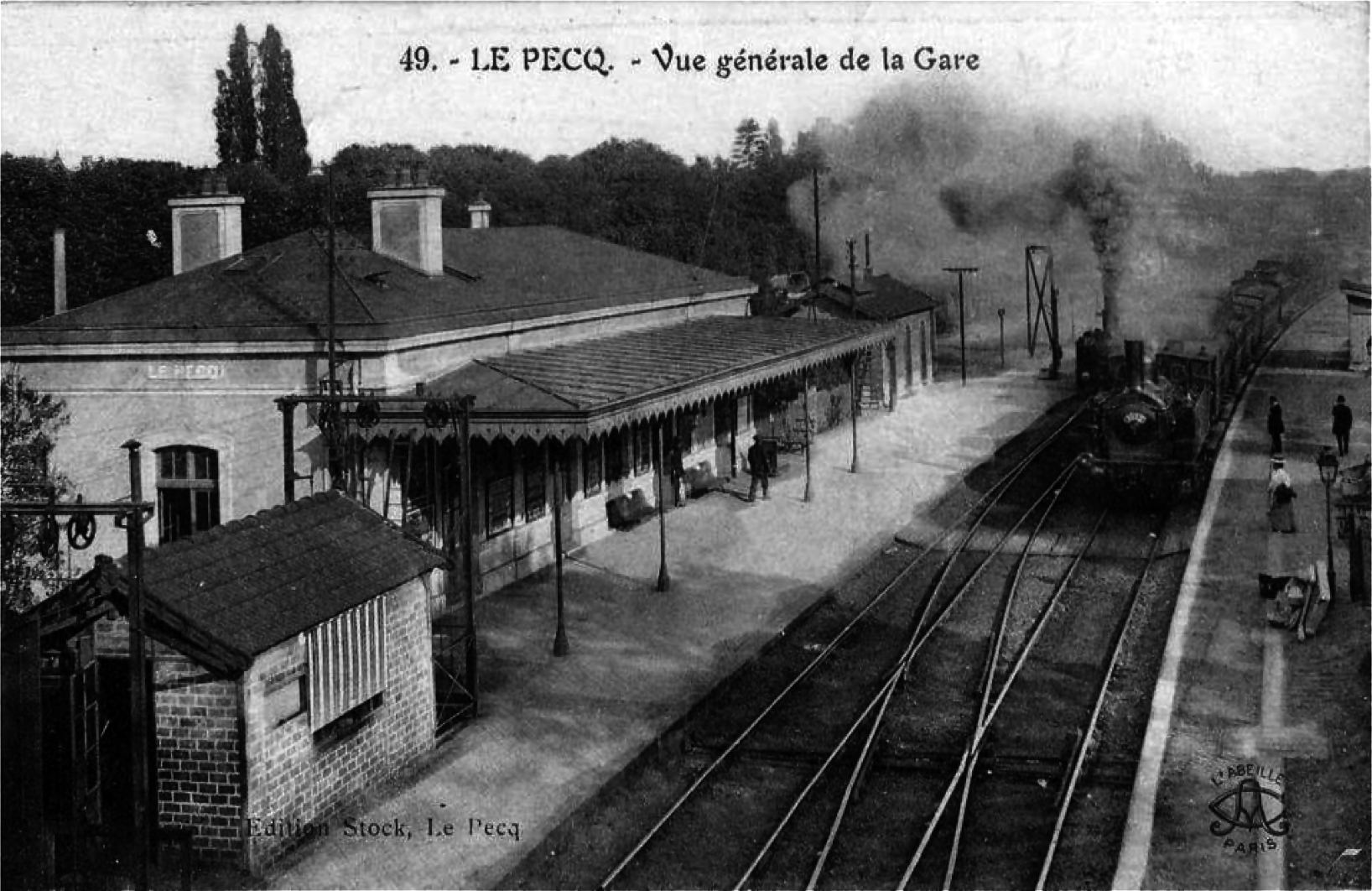|
Saint-Ouen-l'Aumône-Liesse Station
Saint-Ouen-l'Aumône-Liesse is a railway station in Saint-Ouen-l'Aumône, a northwestern suburb of Paris, France. It is served by Transilien regional trains from Paris to Pontoise, and by RER rapid transit. See also * List of stations of the Paris RER A ''list'' is any set of items in a row. List or lists may also refer to: People * List (surname) Organizations * List College, an undergraduate division of the Jewish Theological Seminary of America * SC Germania List, German rugby union ... External links * Réseau Express Régional stations Railway stations in Val-d'Oise Railway stations in France opened in 2002 {{ParisRER-stub ... [...More Info...] [...Related Items...] OR: [Wikipedia] [Google] [Baidu] |
Saint-Ouen-l'Aumône
Saint-Ouen-l'Aumône () is a commune in the northwestern suburbs of Paris, France. It is located from the center of Paris, in the "new town" of Cergy-Pontoise, created in the 1960s. Population Transport Saint-Ouen-l'Aumône is served by two interchange stations on Paris RER C line and on the Transilien Paris-Nord suburban rail line: Saint-Ouen-l'Aumône-Liesse and Saint-Ouen-l'Aumône. Saint-Ouen-l'Aumône is also served by two other stations on the Transilien Paris-Nord suburban rail line: Épluches and Pont-Petit. Finally, Saint-Ouen-l'Aumône is also served by Saint-Ouen-l'Aumône-Quartier de l'Église station on the Transilien Paris-Saint-Lazare suburban rail line. Education Schools in the commune include: *Four sets of preschools (''maternelles'') and elementary schools: Matisse, Prairie, Jean Effel, Le Nôtre [...More Info...] [...Related Items...] OR: [Wikipedia] [Google] [Baidu] |
Paris
Paris () is the capital and most populous city of France, with an estimated population of 2,165,423 residents in 2019 in an area of more than 105 km² (41 sq mi), making it the 30th most densely populated city in the world in 2020. Since the 17th century, Paris has been one of the world's major centres of finance, diplomacy, commerce, fashion, gastronomy, and science. For its leading role in the arts and sciences, as well as its very early system of street lighting, in the 19th century it became known as "the City of Light". Like London, prior to the Second World War, it was also sometimes called the capital of the world. The City of Paris is the centre of the Île-de-France region, or Paris Region, with an estimated population of 12,262,544 in 2019, or about 19% of the population of France, making the region France's primate city. The Paris Region had a GDP of €739 billion ($743 billion) in 2019, which is the highest in Europe. According to the Economis ... [...More Info...] [...Related Items...] OR: [Wikipedia] [Google] [Baidu] |
France
France (), officially the French Republic ( ), is a country primarily located in Western Europe. It also comprises of overseas regions and territories in the Americas and the Atlantic, Pacific and Indian Oceans. Its metropolitan area extends from the Rhine to the Atlantic Ocean and from the Mediterranean Sea to the English Channel and the North Sea; overseas territories include French Guiana in South America, Saint Pierre and Miquelon in the North Atlantic, the French West Indies, and many islands in Oceania and the Indian Ocean. Due to its several coastal territories, France has the largest exclusive economic zone in the world. France borders Belgium, Luxembourg, Germany, Switzerland, Monaco, Italy, Andorra, and Spain in continental Europe, as well as the Netherlands, Suriname, and Brazil in the Americas via its overseas territories in French Guiana and Saint Martin. Its eighteen integral regions (five of which are overseas) span a combined area of ... [...More Info...] [...Related Items...] OR: [Wikipedia] [Google] [Baidu] |
Transilien
Transilien () is the brand name given to the commuter rail network serving Île-de-France, the region surrounding and including the city of Paris. The network consists of eight lines: H, J, K, L, N, U, P and R, each operated by SNCF, the state-owned railway of France. The lines begin and end in major Parisian stations, but unlike the RER network, the Transilien trains do not cross through the Paris city centre. The Transilien brand was established on 20 September 1999 as a way to unify the suburban network that existed since the late nineteenth century. The name "Transilien" is a derivative of ''Francilien'', the demonym for people living in Île-de-France. As part of the rebranding effort, stations and rolling stock were modernized. The area covered does not correspond exactly with the boundaries of the Île-de-France region, with some lines crossing into other regions. On the other hand, some stations located at the margins of the Île-de-France region, are not serv ... [...More Info...] [...Related Items...] OR: [Wikipedia] [Google] [Baidu] |
RER C
RER C is one of the five lines in the Réseau Express Régional (English: Regional Express Network), a hybrid commuter rail and rapid transit system serving Paris, France and its suburbs. The line crosses the region from north to south. The line runs from the northern termini Pontoise (C1), Versailles-Château-Rive-Gauche (C5) and Saint-Quentin-en-Yvelines (C7) to the southern termini Massy-Palaiseau (C2), Dourdan-la-Forêt (C4), Saint-Martin d'Étampes (C6) and Versailles-Chantiers (C8). The RER C line is the second-longest in the network, created from an amalgamation and renovation of several old SNCF commuter lines unlike RER A and B which had newer sections owned and constructed by RATP. Each day, over 531 trains run on the RER C alone, and carries over 540,000 passengers daily, 150,000 passengers more than the entirety of the TGV network. It is the most popular RER line for tourists, who represent 15% of its passengers, as the line serves many monuments and museums ... [...More Info...] [...Related Items...] OR: [Wikipedia] [Google] [Baidu] |
List Of Stations Of The Paris RER
A ''list'' is any set of items in a row. List or lists may also refer to: People * List (surname) Organizations * List College, an undergraduate division of the Jewish Theological Seminary of America * SC Germania List, German rugby union club Other uses * Angle of list, the leaning to either port or starboard of a ship * List (information), an ordered collection of pieces of information ** List (abstract data type), a method to organize data in computer science * List on Sylt, previously called List, the northernmost village in Germany, on the island of Sylt * ''List'', an alternative term for ''roll'' in flight dynamics * To ''list'' a building, etc., in the UK it means to designate it a listed building that may not be altered without permission * Lists (jousting), the barriers used to designate the tournament area where medieval knights jousted * '' The Book of Lists'', an American series of books with unusual lists See also * The List (other) * ... [...More Info...] [...Related Items...] OR: [Wikipedia] [Google] [Baidu] |
Réseau Express Régional Stations
{{Disambiguation ...
The term réseau derives from a French word meaning "network". It may mean: *a network of fine lines on a glass plate, used in photographic telescopes to make a corresponding network on photographs of the stars: see Réseau plate *a system of weather stations under a single agency, or cooperating on common goals *an intelligence network as used by John Le Carré, in ''Tinker, Tailor, Soldier, Spy'', chapter 11. *the net in bobbin lace * SNCF TGV Réseau The SNCF TGV Réseau (TGV-R) trains were built by Alstom between 1992 and 1996. These TGV trainsets are based on the earlier TGV Atlantique. The first Réseau (''"Network"'') sets entered service in 1993. Fifty dual-voltage trainsets were bui ... [...More Info...] [...Related Items...] OR: [Wikipedia] [Google] [Baidu] |
Railway Stations In Val-d'Oise
Rail transport (also known as train transport) is a means of transport that transfers passengers and goods on wheeled vehicles running on rails, which are incorporated in tracks. In contrast to road transport, where the vehicles run on a prepared flat surface, rail vehicles (rolling stock) are directionally guided by the tracks on which they run. Tracks usually consist of steel rails, installed on sleepers (ties) set in ballast, on which the rolling stock, usually fitted with metal wheels, moves. Other variations are also possible, such as "slab track", in which the rails are fastened to a concrete foundation resting on a prepared subsurface. Rolling stock in a rail transport system generally encounters lower frictional resistance than rubber-tyred road vehicles, so passenger and freight cars (carriages and wagons) can be coupled into longer trains. The operation is carried out by a railway company, providing transport between train stations or freight customer facili ... [...More Info...] [...Related Items...] OR: [Wikipedia] [Google] [Baidu] |

